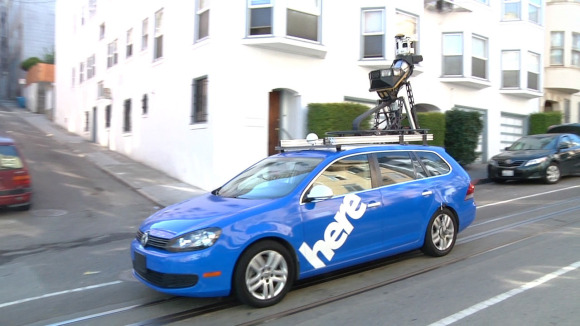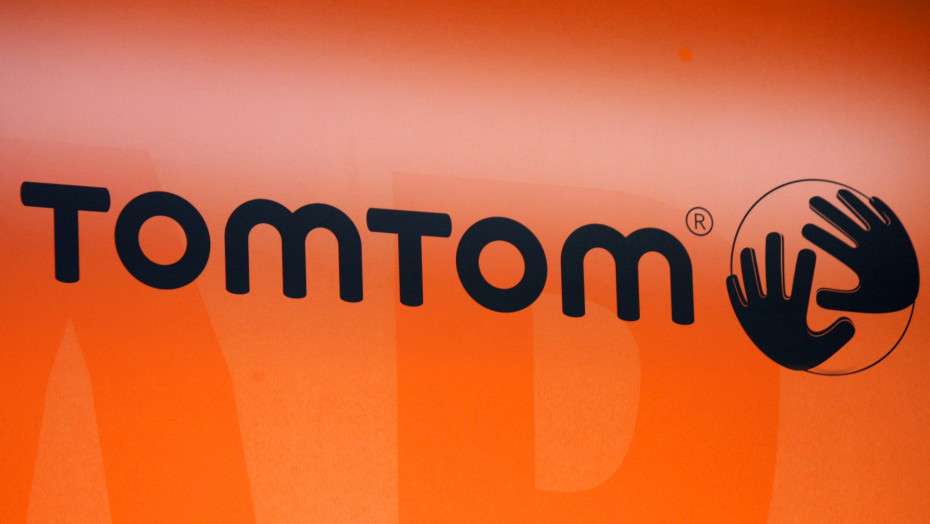
TomTom, a Dutch-based mapping and navigation device supplier, will work along with Cisco, the networking giant, to create an advanced technology to equip the futuristic self-driving vehicles with precise and real-time networking abilities and low-latency.
TomTom, which was nearly identical with its satellite navigation that can be assembled in-car in 2000, has turned out to be a navigation and software services company. Though there is decline in witness of such devices, the company is positioned at a great level. Its solutions are now put into various vehicles by the automakers.

Teaming up with Cisco, it is working on the project that is based on ultrafast lane level traffic technology, which will utilize roadside information by Cisco-made sensors, controllers, and routers to create a future-based traffic technology. The whole data will be later combined through Cisco Internet of Things (IoT) platform and TomTom’S traffic fusion technology.
Anders Truelsen, managing director of licensing of TomTom, stated that we robustly think that cloud technologies and IoT are crucial parts of the future-based mobility and we are cherished to function with Cisco in the traffic technology. With the help of this technology, we will be able to connect drivers, road infrastructure, road authorities, and vehicles, which will help them to fetch data on the real-time basis.

Moreover, Edwin Paalvast, Cisco EMEAR president, said, “This is how IoT works. Along with TomTom’s expertise, its innovative traffic technology and an enormous band of traffic data, it is a strong organization to work with in this field.”
The data collected will be collated with TomTom’s data that is retrieved from more than 500 Million device-equipped vehicles. It is screened and scrutinized in traffic management centers of TomTom. In future, there will be a need for superior accuracy and faster communications for better real-time traffic services, if the demand for autonomous cars increases. Both the companies claim that this system will be cheaper to install.
Through this technology, it will be easy to know what lies on the roads and what sensors are equipped in the cars. The project is also intended to cut the traffic monitoring infrastructure cost. Thus, the implementation of the traffic management technology will provide a better view of the highways owing to its connectivity.
